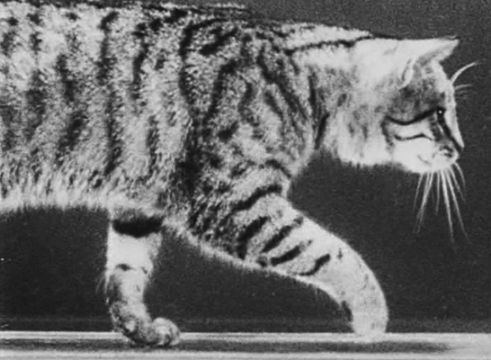Film Ist. (1-12)

Synopsis
“Film ist. consists almost exclusively, of sequences from existing scientific films. These films are about the acrobatic flights of pigeons, the intelligence testing of apes; about ‘reversed worlds’ and stereoscopic vision; hurricanes and impact waves in the air. How glass breaks, children walk and how a Mercedes crashes into a stone wall in slow motion. The contempt with which scientific films are received is not directed against the content, but rather against their conventional, unimaginative, ridiculous and commentary-contaminated appearance. Similarly, the fascination with some of the teaching films can be attributed almost exclusively to the power of their images - images which one has never seen, even in the cinema.
Film ist. brings an abundance of these images together. One can feel not only the politics, but also the singular poetry of scientific film, which often makes use of ‘experimental’ techniques – extreme slow motion, extreme time lapse, telescopic or microscopic camera work, solarising, x-ray film.
Film ist. is a poetic film in itself. Just how the various pieces find their own place and rhythm reminds one of modern poetry or the photo work of the American artist John Baldessari. Pictures which, from their origins, have nothing to do with each other, which don't ‘belong together’, are compared, tied together, fused with each other.” – Alexander Horwath
"It is, in a word, glorious... what I feel is the inherent power and mystery of such material, the arrangement of these images and sounds into a definition of cinema constitutes one of the greatest pedagogic films I have seen... my main reaction is to have my socks knocked off." – Tom Gunning